The Evolving Role of a Nurse/Midwife in the Era of Technology

The landscape of the nursing & midwifery profession is undergoing a profound transformation, driven by challenges magnified by the pandemic and the integration of advanced technologies into the healthcare system. As we step into the future, it becomes increasingly evident that the nursing & midwifery workforce of tomorrow will be shaped by a delicate dance between human intuition and the capabilities of artificial intelligence (AI).
The amalgamation of healthcare and technology is giving rise to new opportunities, with virtual nurses/midwives and AI emerging as potential allies in patient care. While I see the potential benefits, there is a palpable sense of caution. As a nurse, I understand that technology should complement, not replace, the inherent intuition and compassionate care that nurses bring to the bedside.
Already, AI is making its mark in health systems, from identifying patients at risk for specific diseases to trialling AI applications in hospital radiology departments. Undeniably, these technologies can alleviate the workload on nurses & midwives, but we must tread carefully to ensure they serve as supplements rather than substitutes for the human touch.
In the pursuit of efficiency, there is a risk that health systems inadvertently create AI policies that may be counterintuitive to patient care. This underscores the importance of developing AI protocols that allow space for a nurse's judgment—a judgment honed through years of experience and that elusive "gut feeling" instilled during training. After all, nurses & midwives are trained to treat patients, not just numbers on a screen.
It is essential for nurses & midwives and all healthcare professionals to be active participants in the integration of technology. We cannot blindly follow what technology dictates, recognising that it is not infallible. Nurses & midwives should be empowered to question predictive analytics when they sense a patient falls outside the expected parameters, again, ensuring that the human aspect of care is not overlooked.
Crucially, I believe, nurses & midwives need to be part of the conversation during the development of new technologies. By actively participating in research and development, nurses & midwives bring a unique perspective to the table—one rooted in an understanding of patient interactions. This involvement is not just about adapting to technology but shaping it to enhance patient care.
As we navigate the ever-changing landscape of healthcare, the integration of technology into nursing/midwifery practices is inevitable. The key lies in striking a delicate balance, where the benefits of AI are harnessed without compromising the essence of nursing/midwifery care. By fostering collaboration, developing thoughtful protocols, and actively involving nurses in the technology development process, we can ensure that the future of nursing & midwifery remains grounded in compassion, expertise, and the unwavering commitment to patient well-being.

Member discussion